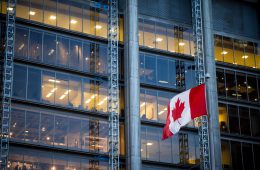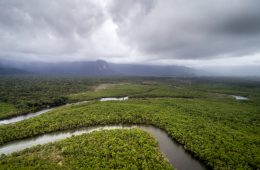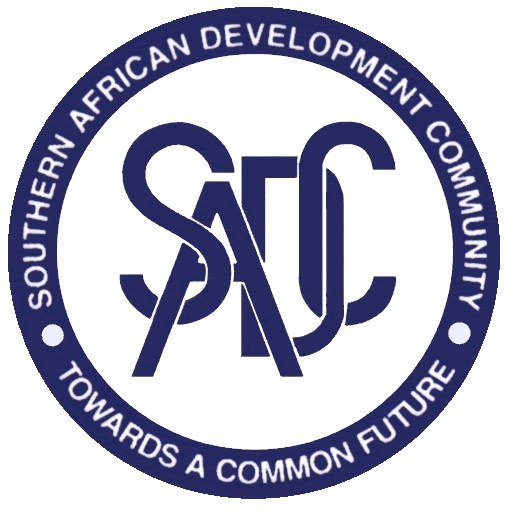A Bit of Anti-Bribery: How a corruption prohibition in FIPAs can bring a minimum standard of conduct for Canadian investors abroad
Tackling corruption is a crucial step in meeting the objectives set out in SDG 16 on “Peace, Justice, and Strong Institutions” and for achieving the SDGs overall. Canada’s investment treaties could play a valuable role in addressing corruption. The piece draws from examples such as Canada’s Foreign Investment Promotion and Protection Agreement (FIPA) program and examines some of the asymmetries inherent in the current IIA regime. The author analyzes some of the language used in Canada’s more recent treaties, such as CETA and the FIPAs with Moldova and Kosovo, and what lessons can be drawn from these and other agreements.









